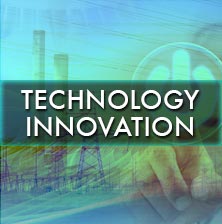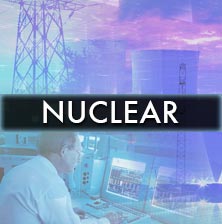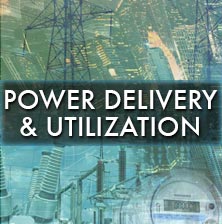The following is a small selection of items recently published by EPRI. To view complete lists of your company-funded research reports, updates, software, training announcements, and other program deliverables, log in at www.epri.com and go to Program Cockpits.

In nuclear plants, visual inspection techniques—such as viewing directly with the eyes and remote viewing via cameras and fiberscopes—are commonly used to detect cracks in concrete structure and stainless steel surfaces. This report includes a survey of these techniques, an assessment of the effectiveness of algorithms to measure the width of cracks, hardware requirements for these algorithms, and additional research needs for commercialization.

This report provides an update on wireless power transfer, including technologies, markets, and potential applications, opportunities, and risks in the electric power sector.

Listing of species under the federal Endangered Species Act can have significant economic impacts on electric power companies with large land holdings. Collaborative, voluntary conservation plans can potentially prevent listing of species and lead to better conservation outcomes. This report explores the use and potential benefits of these plans.

The On-Line Noble Metal Chemical Application helps mitigate stress corrosion cracking in boiling water nuclear reactors by injecting a platinum compound into feedwater piping during normal operations. This study examines the safety of this GE-developed technology under plant operating conditions.

With more distributed energy resources connected to the distribution system, the industry needs methods to plan for and integrate these resources. EPRI has developed such methods and is working with utilities and vendors to implement them with existing distribution planning tools and data that most distribution planners have on hand.

For long-term operations of existing nuclear plants and the design of next-generation plants, it is desirable to develop more radiation-resistant materials for reactor core components. This report describes the impacts of proton irradiation on four nickel-base alloys, with a focus on microstructure, irradiation hardening, and susceptibility to stress corrosion cracking. It was prepared as part of the Advanced Radiation-Resistant Materials program, jointly sponsored by EPRI, the U.S. Department of Energy, and Bechtel Marine Propulsion.

During power plant outages, personnel can examine major components of the steam/water cycle for chemistry-related or mechanical damage that may affect the chemistry on critical equipment. Using photos and illustrations, this field guide provides instructions on what to look for when performing visual inspections of components that are often only accessible during outages.

With water quality trading, power plants seeking water pollutant reductions can purchase those reductions from farmers who can potentially achieve the same reductions at lower cost. The approach is gaining traction as an important strategy to meet water quality goals. This study examines federal water quality regulations and how they impact water quality trading.

This report discusses progress for improved guidance on assessing cracks in stationary power plant components, such as steam turbine casings and valve bodies. It examines industry experience and trends and describes the results of an analysis of a valve body model with a growing crack.

A recently published Canadian epidemiological study examined the relationship between occupational magnetic fields and breast cancer in men. This EPRI report discusses the study’s results, strengths, and limitations.

The United States has a good combination of forest resources and wood preservatives to produce and extend the lives of wood poles. Other countries have fewer choices of wood species and wood preservatives. This study examined practices for selecting, regulating, and disposing utility poles outside the United States. Information was collected through interviews, websites, published literature, Google Maps, and Google Earth Pro.

This report examines the capabilities of the current fossil fleet for flexible operations, design improvements for enhanced flexible operations in current and next-generation fossil plants, and the impacts of carbon capture and storage systems on the operational flexibility of current and new fossil plants.